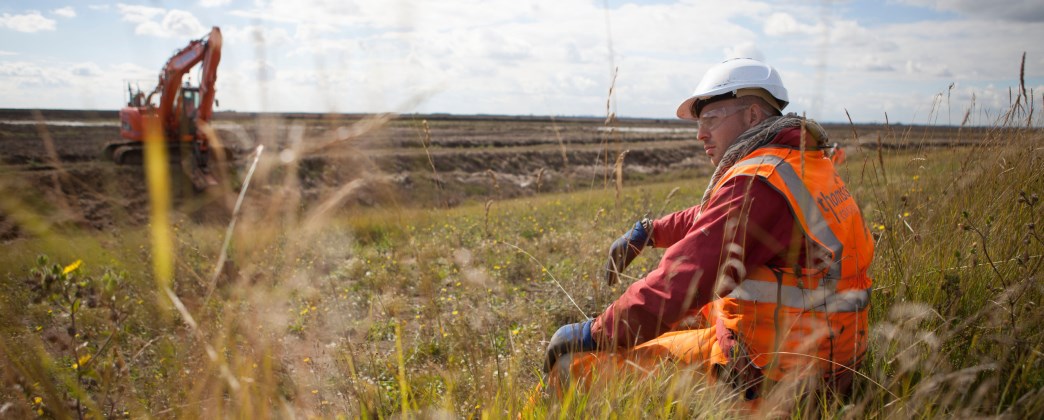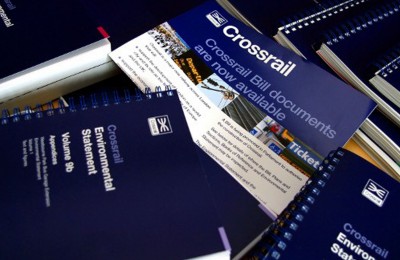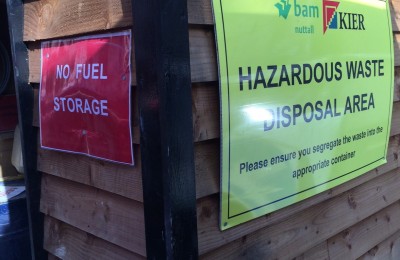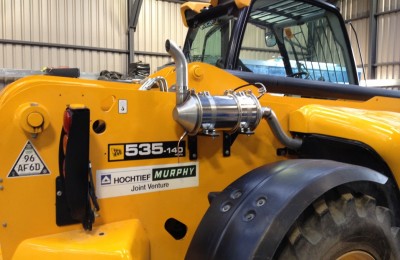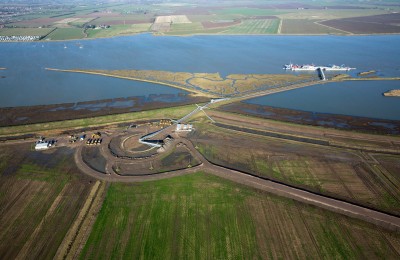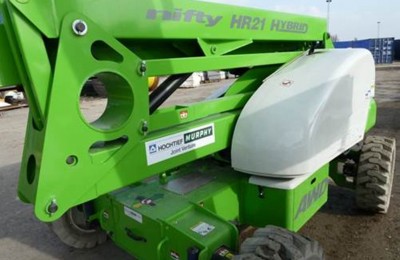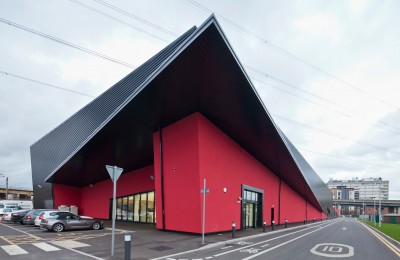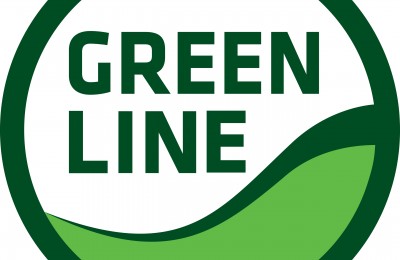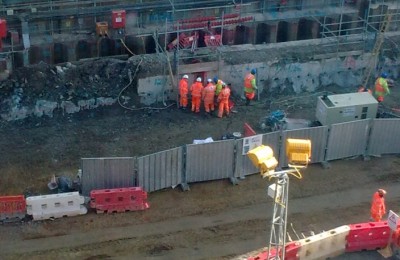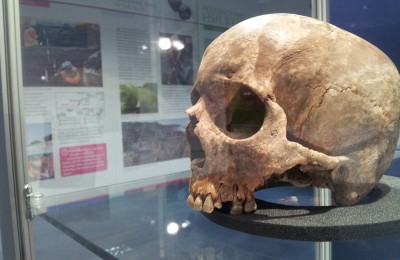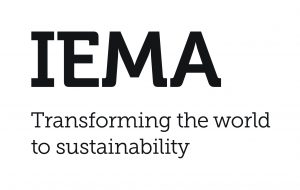Building new infrastructure can require the use of significant natural resources and may impact the people and areas surrounding it. Crossrail’s challenge has been to minimise these impacts as much as possible without compromising the need to deliver the project on time and within funding.
Protection of the physical environment is a core component of Crossrail’s sustainability strategy including protection of natural resources, minimising the impact of noise, vibration and emissions from site operations and disruption to traffic, all in the busy heart of London. Crossrail has resulted in one of the most extensive archaeological programmes ever undertaken in the UK providing an exceptional opportunity to record important parts of London’s history.
To ensure impacts are kept to a minimum and the license to construct is maintained, the Programme adheres to mitigation plans and a code of practice set within the Crossrail Environmental Minimum Requirements. The environmental performance of Crossrail was reliant on the combined performance of the Tier 1 contractors and mechanisms of motivating and rewarding contracts for their environmental performance and their engagement in promoting better environmental behavior were developed.
Reducing Crossrail’s carbon footprint by minimising energy consumption during construction and the operational life of Crossrail has also been a key focus area and Crossrail has developed a construction carbon footprint tool which will enable benchmaking by future projects. Sustainable design standards have been adopted through use of CEEQUAL for the design and construction of the tunnels, portals and shafts and BREEAM for underground stations.
Greater than 7 million tonnes (98%) of excavated material have been diverted from landfill to beneficial reuse. A significant part of this was deposition of 3 million tonnes of Crossrail’s excavated material to Wallasea Island to construct the first phase of the RSPB’s landmark Wallasea Island conservation project.
The environmental learning legacy shares many of the tools, templates and processes that were developed as part of the environmental management system during the delivery of Crossrail. These are intended for use or modification by future projects. A number of learning legacy papers providing insight into the planning and delivery of environmental sustainability are planned to be published over the next 3 years on each of the key topic areas below and this is the basis of the environment learning legacy.
